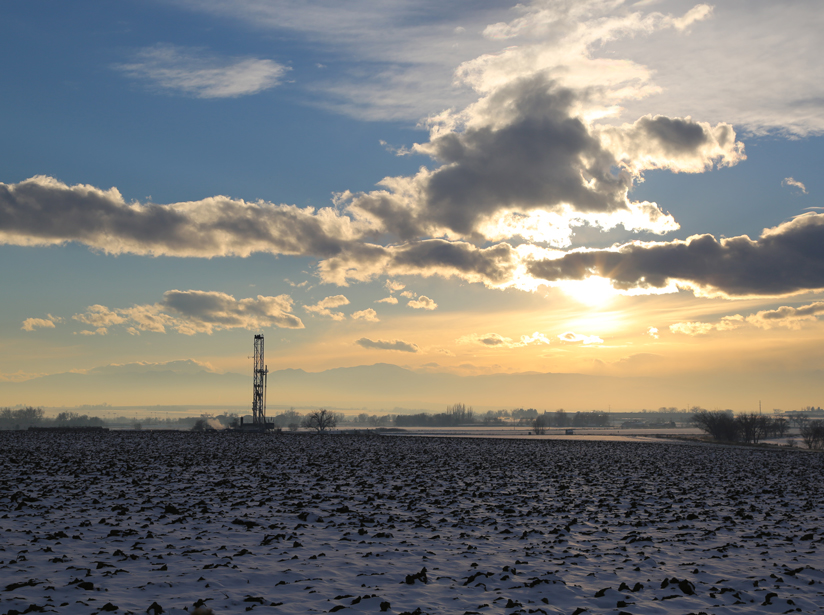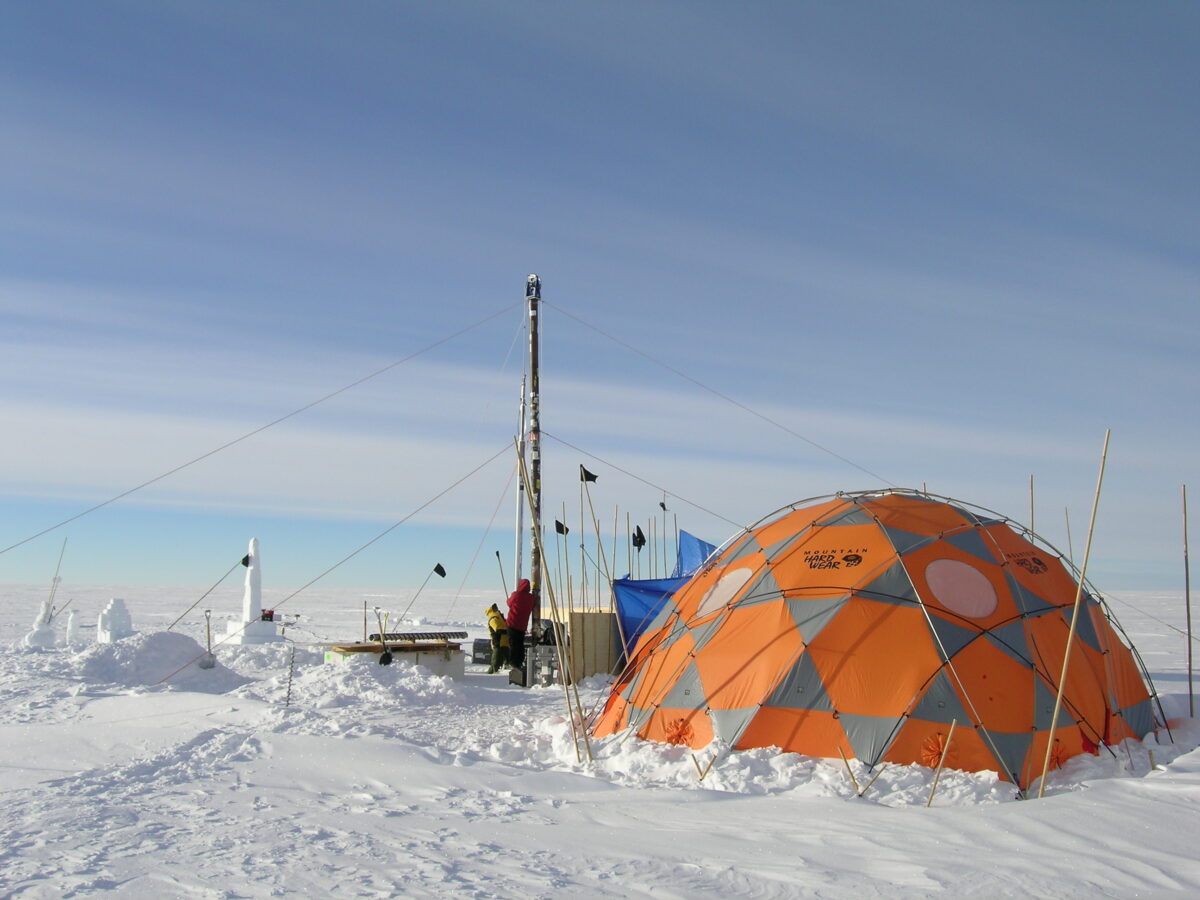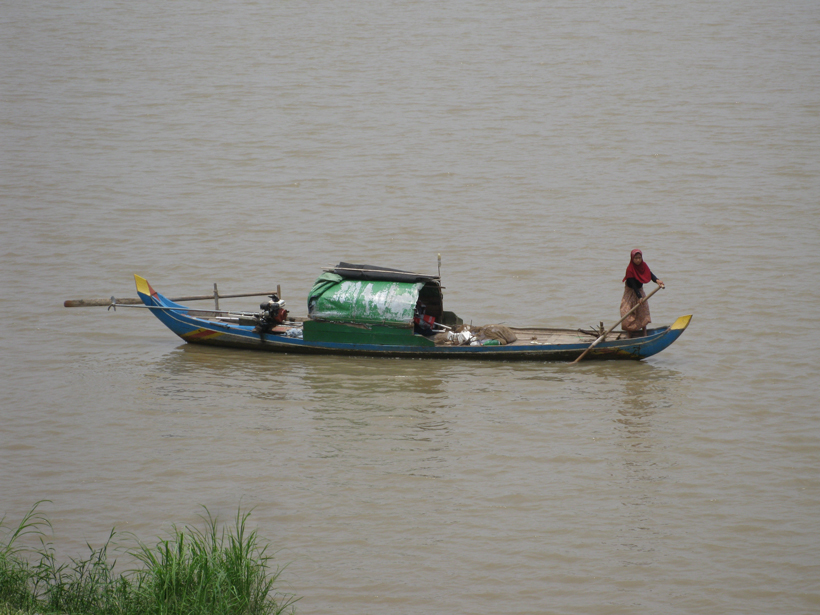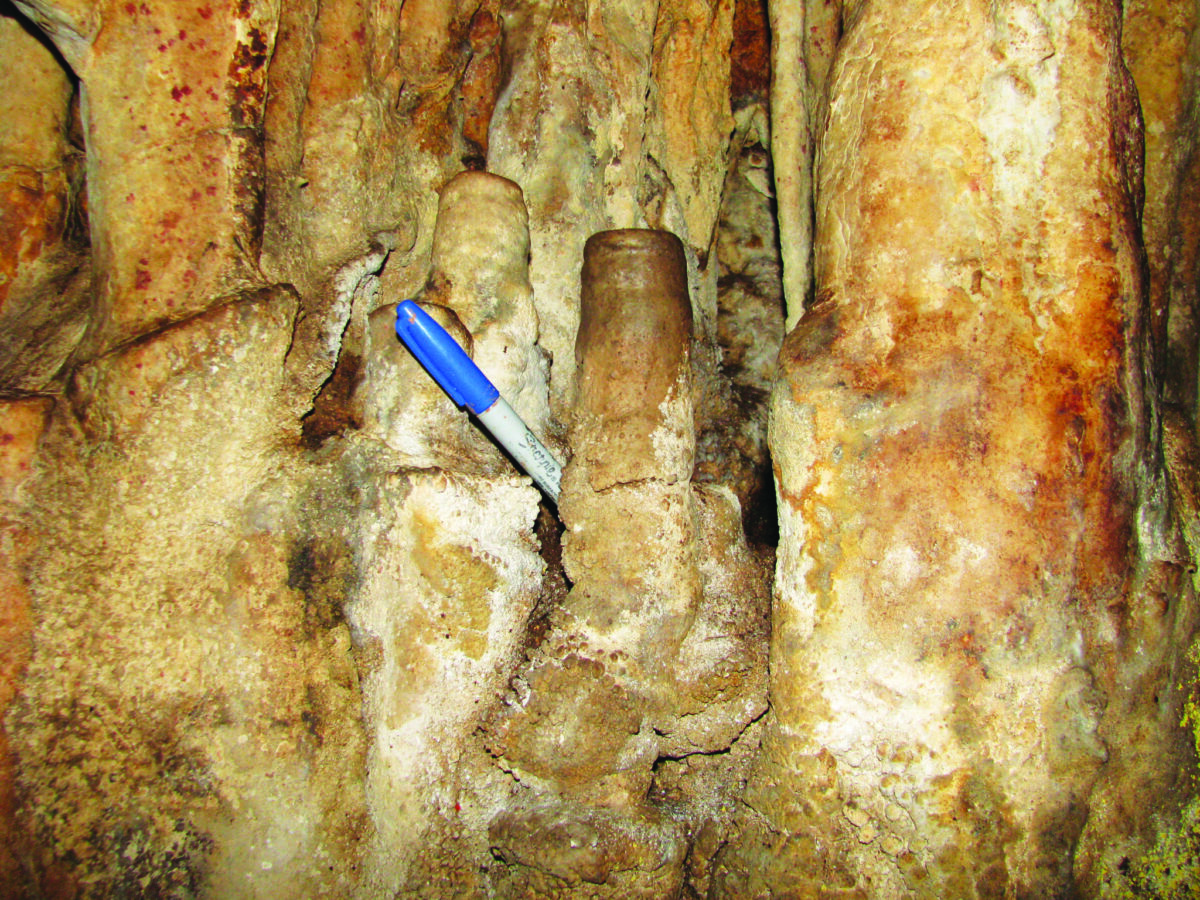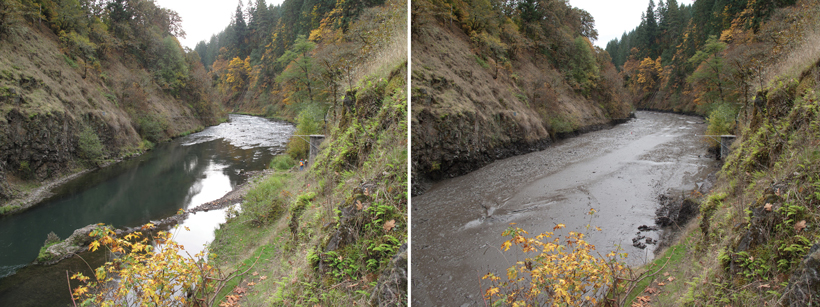Airborne measurements put methane emissions from Colorado's Denver-Julesburg Basin at 12 to 26 tons per hour.
C. Schultz
How Do Aquatic Plants Direct Where Other Stalks Grow?
By changing the flow of the river, aquatic plants affect the distribution of nutrients on the riverbed.
Satellite Salinity Data Improves Gulf Stream Eddy Detection
A pronounced contrast in salinity between the Gulf Stream and current rings makes satellite salinity measurements valuable.
Ancient Earthquakes Made an Island Rise and Fall
Observations track elevation changes of an island in the Kodiak Archipelago to past ruptures of the Alaska-Aleutian megathrust fault.
Atmospheric Carbonyl Sulfide Hit a Minimum 5,000 Years Ago
A new ice core measurements-based record of a climate-active gas shows variability on millennial timescales.
Mekong River Dams Could Bring Future Food Security Woes
The rapid development of dams in the Mekong River Basin could pose a threat to future environmental stability.
Flood Risk from Storm Surge is Increasing in New York
Rediscovered historical records of sea level in New York Harbor show the increasing threat of storm surges.
Uncertainty in Deforestation’s Effects on Amazonian Climate
The strength of land-atmosphere coupling in a given model influences how it represents deforestation’s effects.
A Dearth of Hurricanes Cannot Explain Maya Collapse
Mud layers in a stalagmite from a cave on the Yucatán Peninsula show hurricane activity was steady or elevated throughout the Maya collapse.
Downstream Effect of Blowing a Hole in a 38-meter Dam
Researchers tracked what happened to the White Salmon River after engineers removed the 100-year-old Condit Dam.

